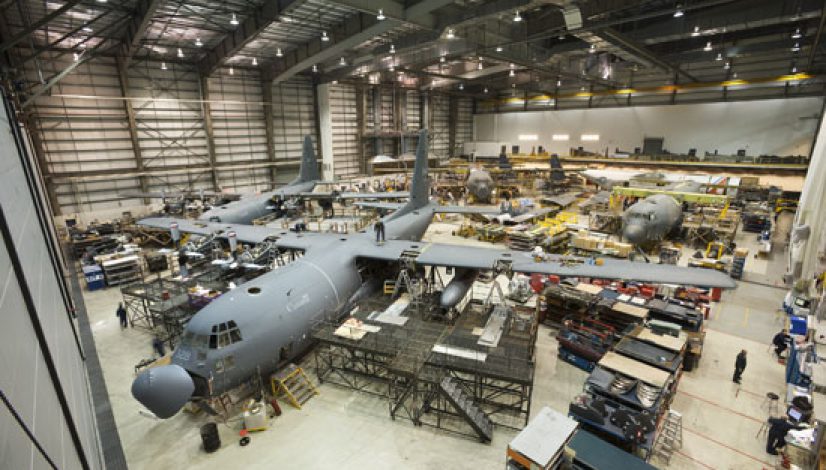Aerospace & Defense Manufacturing Outlook Positive
Due to more certainty regarding the stock market and tax reform, the aerospace and defense manufacturing outlook appears quite positive for 2018. Last year was a record year with higher defense spending, increased commercial aircraft deliveries, and increasingly large industry transactions. Growth is expected to increase throughout 2018 and beyond.
Aerospace & Defense Manufacturing On the Rise
Moody’s Investor Service recently issued their forecast for the aerospace and defense manufacturing industries, predicting increased cashflow and profits for manufacturers in this space. Last year, industry deal value reached $72 billion USD. While there are some challenges facing the industries, Moody’s predicted 10% growth for aerospace and 5% growth for their defense manufacturing outlook in 2018.
The investment service noted that defense budgets may grow more than 5% if Congress continues on the track they’ve been on. While the Trump budget originally called for 6.6% growth, Congress has indicated designs for more.
The structure of military manufacturing arrangements is facing some changes, however. More emphasis is being placed on fixed-price incentive contracts, and military manufacturers are becoming increasingly responsible for costs. Formerly, vendors were commonly awarded cost-plus contracts, but this is ceasing to be the norm. With cost overruns becoming frequent in recent years – particularly with Navy contractors – and with fiscal responsibility becoming prevalent in the current political climate, contractors must be prepared to take on more risk.
Challenges Affecting Aerospace & Defense Manufacturing Outlook
While the aerospace and military manufacturing outlook remains very positive, and growth rates high, there are certain challenges these industries will have to overcome.
- The Trump administration recently announced plans to raise tariffs on aluminum and steel, a move some say might hurt profitability for military suppliers. Both industries rely heavily on these metals, and any pricing increase could hamper growth to an extent. US companies machine high-grade aluminum for use in various aerospace and defense applications, such as aircraft skins and fuel tanks. Military manufacturers rely on steel for the production of components and structures requiring longer part life or increased strength.
- International sales might falter if the Trump administration alienates allies. While international sales afford higher profit margins, there is some concern that international demand might wane if US foreign relations ostracize buyers from countries like Saudi Arabia, Taiwan, or Japan, for example.
Opportunities for US Manufacturers
All things considered, the current military manufacturing outlook – particularly in aerospace applications – remains positive. The record increases in transaction value and defense budgets will continue to present favorable opportunities for US manufacturers to supply quality materials and products to the US government for defense use or international export. Certain challenges must be met, and suppliers should be willing to take on more expenses and risks. Yet the potential for profitability is expected to outweigh these shifts.

